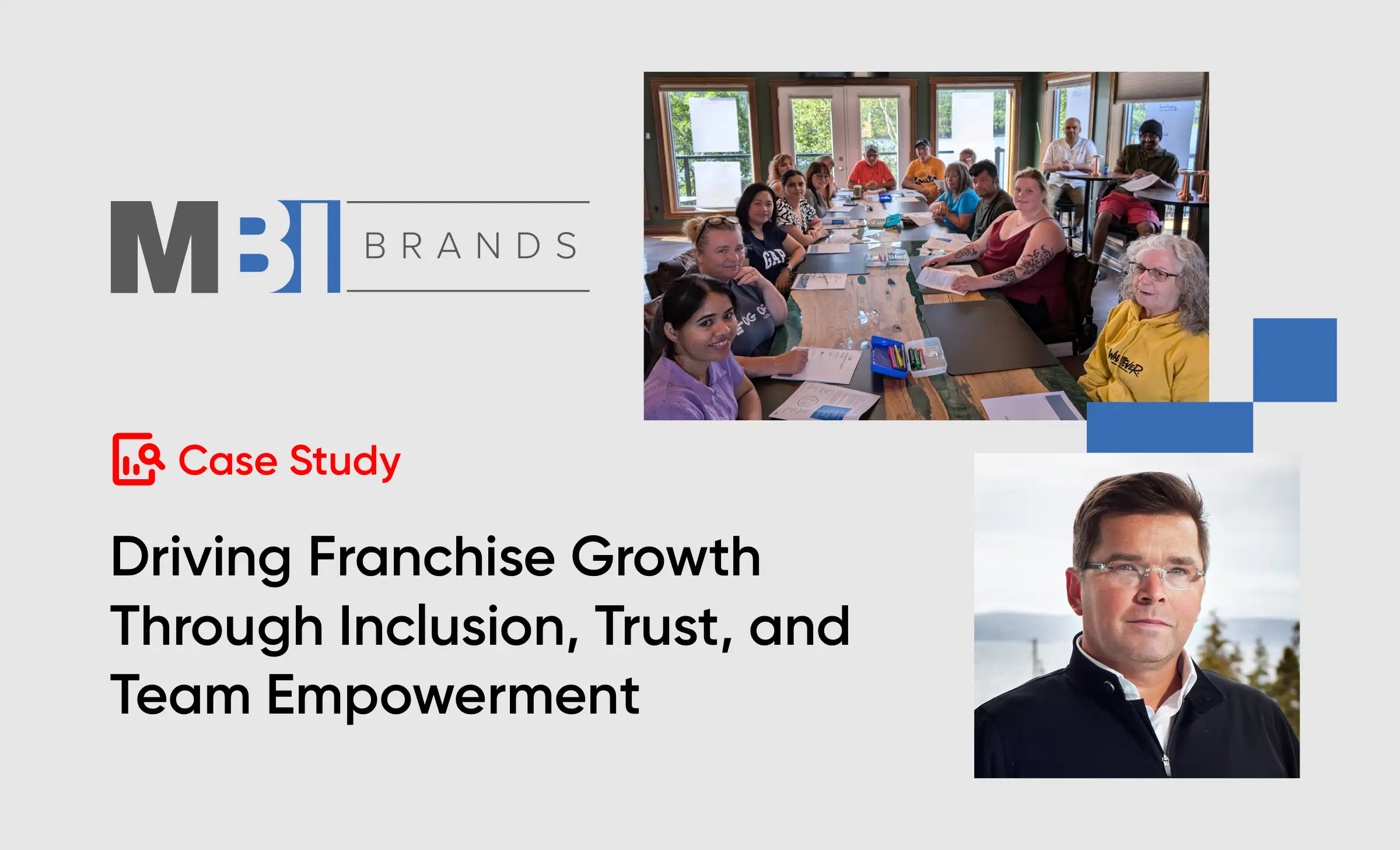At the heart of every successful organization is a thriving company culture. Your people are your greatest asset, and when they feel connected to a company's mission and values, they're much more likely to produce their best work and help the business grow.
It's important to remember that good company culture can't be faked or bought. Instead, you and your leadership team need to continually check its pulse and make sure that your engagement strategies are working. And if they're not, you need to try something new.
So how can you tell if your culture is productive or counterproductive? Chances are if you’re reading this you already know, but here are a few quick ways to diagnose your environment.
Has anyone spent time thinking, talking, or assessing the culture recently?
Leaders in positive cultures take the time to assess what’s working and what isn't. Take the time to really assess your culture and learn what to do more of, less of, stop, or start.
The results from your organizational culture assessment will either confirm the efficacy of the culture you have or provide the encouragement you need to change your organizational culture.
Has anyone read the organization’s values to you recently, or asked you to read them?
Good cultures involve a standard set of values that are consistently reinforced. Was your first day at work the last time you heard your organization’s mission?
When you read the mission statement, do you roll your eyes or mutter under your breath? If you hear yourself saying, “Well that’s not how it works around here,” chances are there’s a culture gap.
Do your team members (your boss, your peers, and the people you manage) recognize each other for work that reflects the stated values of the organization?
Good cultures don’t just use the values – they use the values to reinforce the behavior they want to see.
Is there a set of informal rules that govern how things actually work?
Sometimes a dead giveaway of a dysfunctional culture is the use of passive voice. Remember that from English class? Active voice sounds more like responsibility: “I made the decision.” In passive voice, the subject is removed: “The decision was made.” When we hear passive voice, it is usually the sign of a culture afraid to take responsibility, afraid to delegate, afraid to disagree, afraid to be wrong, or often - all of the above.
The challenges of managing culture change in the workplace may be daunting, but there are solutions that can make it easier while helping you to keep your sanity during major changes. Here are some tips to keep you on track:
Lead by example
Acting the way you want the world to be is always a good first step. Working in a culture of silence even though the organization says it values input? Raise your hand during meetings and give your opinion. Tired of a lack of follow-through on projects? Keep a punch list of active projects and review through them with your team every several weeks.
Recognize values
As we said earlier, culture isn’t just about a list of values – but the values of the organization can become a powerful cultural change agent. The organization’s values, vision, and mission, because they are written down, can provide a safe way to begin changing the culture around published words that everyone is supposed to already agree with. Spend a bit of time each week recognizing the people around you for living by your organization’s values and mission. This doesn’t have to be difficult. A short email that says, “We say that we’re about customer service, and I really saw that from you this week” can have a profound impact.
Host a regular “new ideas” meeting
Organizations that have trouble innovating or changing are usually caught in their own processes. Brainstorming, creativity, and ideation are very different activities than managing, checking progress to plan, and giving updates. But often organizations try to combine the two. Process-oriented people get frustrated by the lack of structure, while creative people get frustrated at attempts to bring them “down to reality.”
Don’t get discouraged
The most important lesson we’ve learned about culture is that you never arrive. Culture requires constant attention, care, and nurturing. Part of the reward of a vibrant culture, actually, is the care it requires – there’s nothing more emboldening than talking with a group of people you trust about how the group can achieve more.
We’ve seen a lot of cultures that need encouragement and a few that need an overhaul, but we’ve never seen a culture that is beyond repair. And we’ve never seen a culture in which the efforts of one person couldn’t make a demonstrable impact. Keep working, don’t get discouraged, and don’t be afraid to reach out for help if you need it.
About Great Place to Work®
Great Place to Work® is the Global Authority on Workplace Culture. We make it easy to survey your employees, uncover actionable insights and get recognized for your great company culture. Learn more about Great Place to Work Certification.






